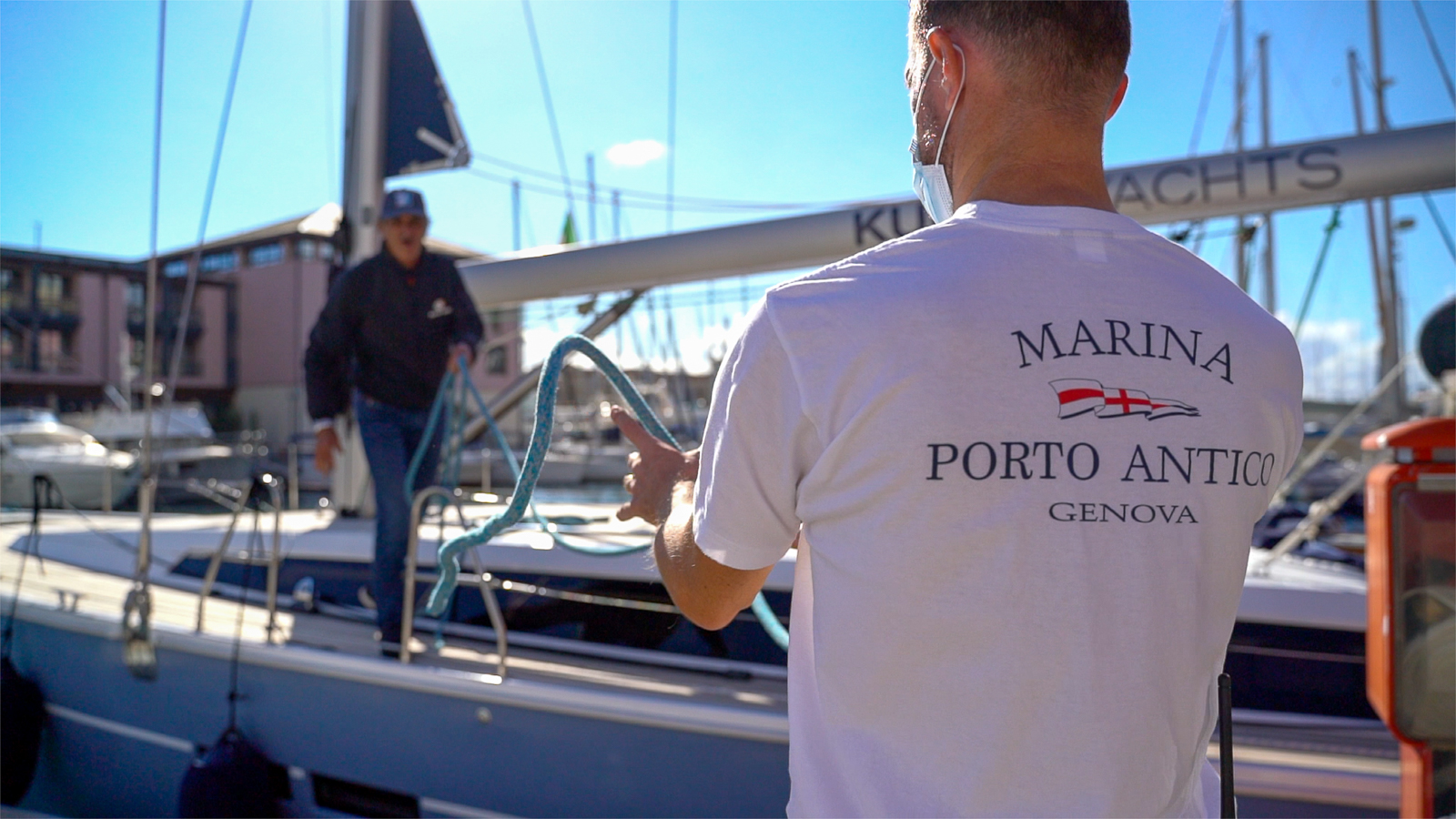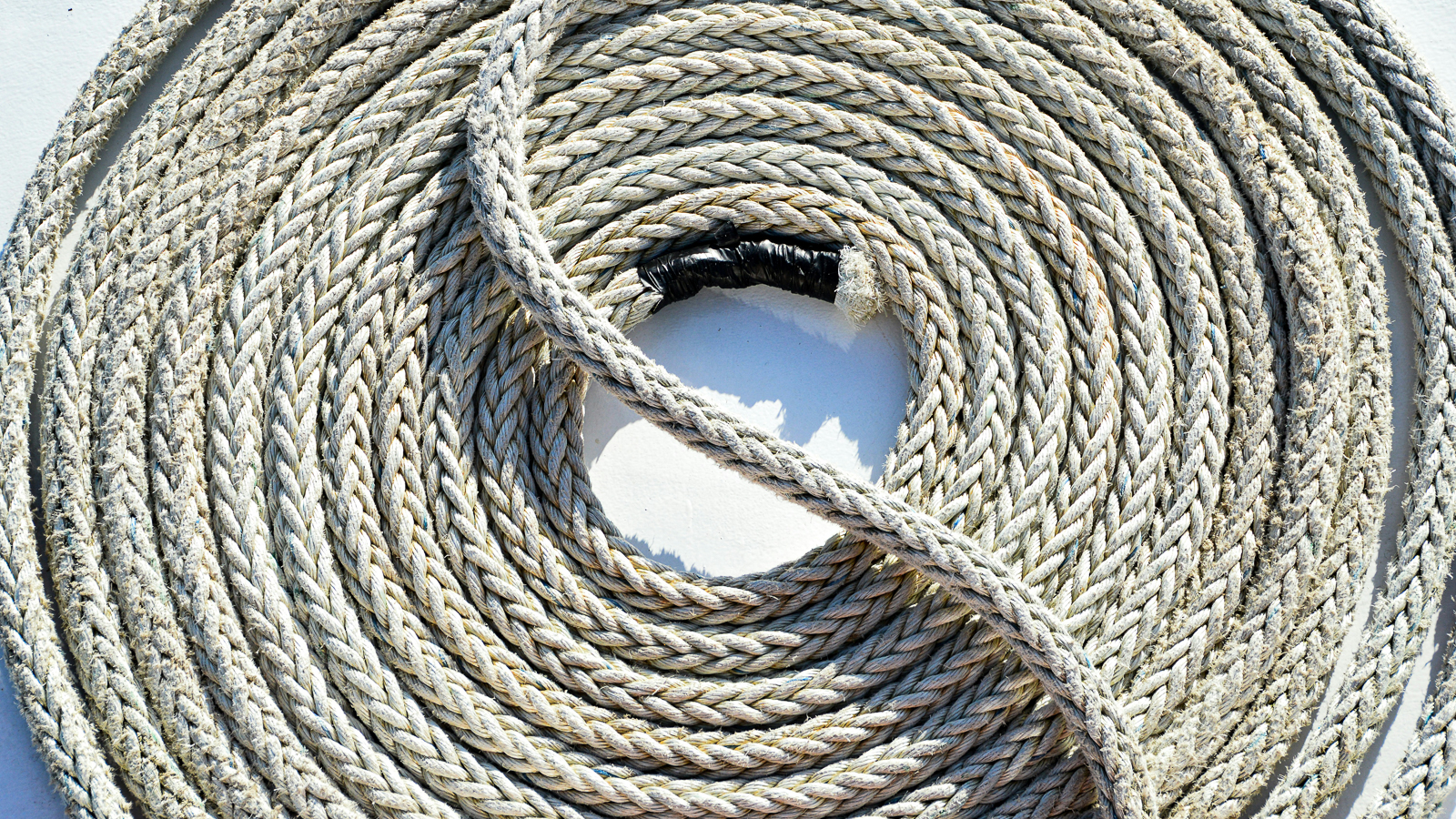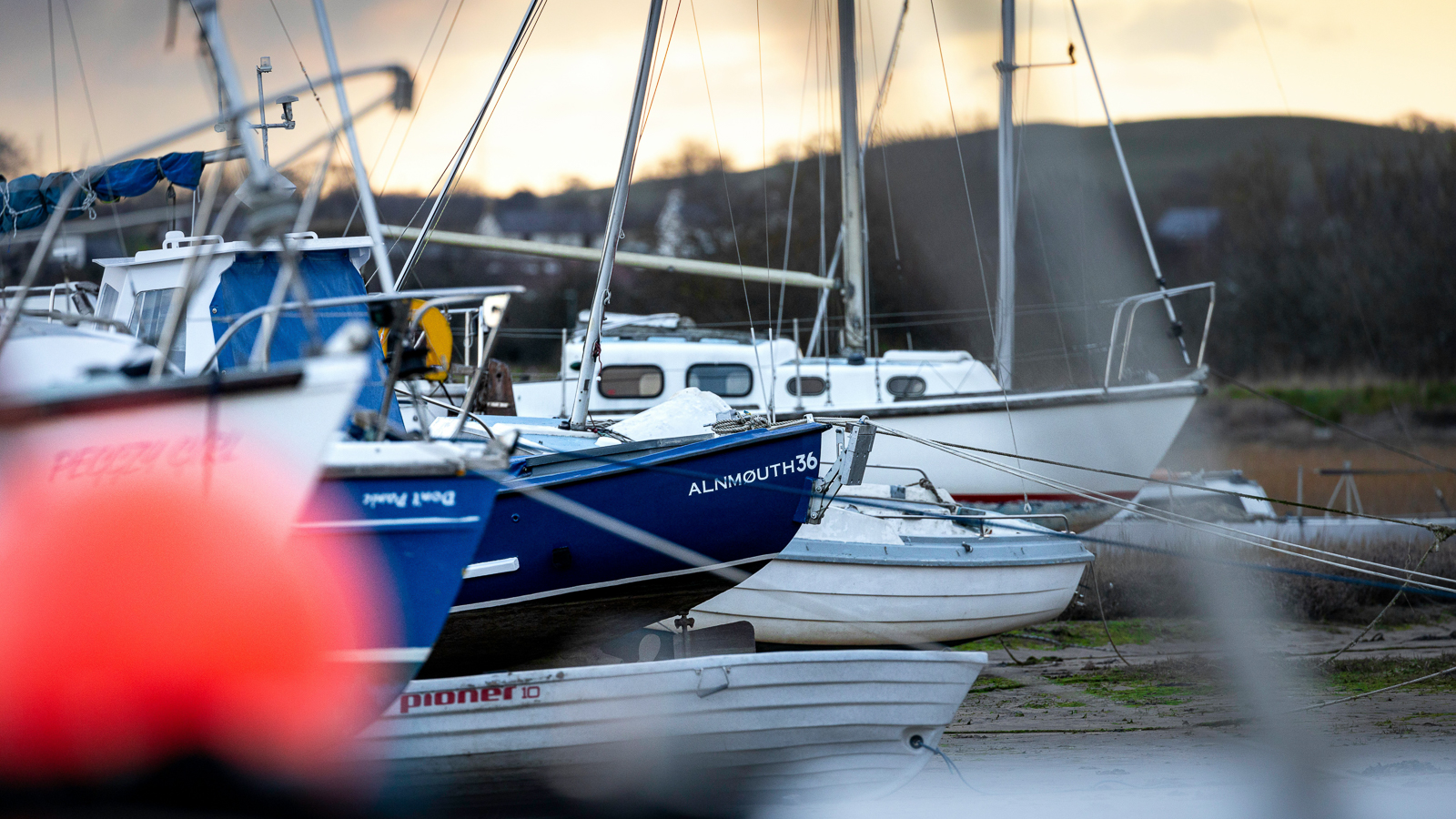There are many boaters who have never moored with a shore line, while others consider this practice absolutely common. In fact, many Mediterranean “neighbors” regularly use shore lines: think of boaters in Croatia and Greece.
In fact, there are places where, due to the coast’s configuration and habit, almost everyone uses shore lines when mooring: this happens, for example, in the anchorages of Meganisi island, in Greece, as well as in the very narrow inlets of the Croatian island of Solta (where four shore lines are typically used). And in Italy? Shore lines are rarely used here. Partly because they’re rarely really needed, partly because not everyone knows how to best use this option, partly because there are many splendid and convenient marinas where you can book a berth, and partly because many think this practice is legally prohibited. This isn’t true: there’s no regulation prohibiting boaters from using a shore line when needed, provided the mooring is managed correctly and safely. Today we’ll see what it means to moor with shore lines, when to use a shore line, and how to manage this maneuver to ensure it’s safe and effective. Happy reading!
What does mooring with shore lines mean?
First, let’s explain to those unfamiliar with this mooring practice what it means to use a shore line. The typical scenario is when a boater wishes to spend a night at anchor in a safe way. As is known, in most cases it’s absolutely preferable to be free to swing at
When to use shore lines in mooring
So, when should you moor with a shore line, and when should you avoid it? The conscientious boater knows this technique should be avoided whenever it’s not truly necessary, and knows well that when using a shore line, it’s good practice to have a knife ready to quickly cut it if needed. So, in which cases should you use a shore attachment in addition to the anchor? Here’s a brief list:
- The most typical case is when a boater decides to spend a night in a very narrow anchorage, as happens on Solta island. When space is limited, there are two options: either risk everything using little scope, leading to a rather restless night’s sleep; or use one or more shore lines, thus preventing the wind from pushing the boat onto the rocks.
- The extreme steepness of the seabed might make using a shore line advisable, a rare but not impossible situation in the Mediterranean: consider the seabeds of the Aeolian Islands, which drop dozens of meters in just a few “steps.” Here, anchoring while relying on swinging is unthinkable, with the anchor ready to drag at the first gust of wind: it will be much better to opt for a shore line.
- Another situation where you might want to moor with a shore line is when arriving at a full marina (it’s always better to book a berth in advance!) both between the docks and in the nearby anchorage. A boater who chooses to drop anchor near the entrance of the anchorage must be certain not to be pushed by the wind into the port entrance, using a shore line for this purpose.
These are the three main cases where it’s good to use a shore line. Note: it’s important to also evaluate whether that anchorage is worth the extra effort, if the weather conditions are favorable (never use a shore line when expecting a storm), if there are attachment points like rocks or large trees to secure the line, if there are rocks breaking the surface, and so on.
How to perform the maneuver
Some have seen a shore line carried to land by an incautious swimmer, while the boat was moving in reverse, risking the line getting caught in the propeller or injuring the swimmer. The line should be set ashore differently, starting with good planning, without doing anything haphazardly. First, identify the exact spot where the line will be secured, then prepare the line, which should be long, typically at least 30 meters. Then use a tender – or another type of service boat – with a person aboard responsible for positioning the line.
How to tie and manage the shore line
The line should preferably be tied to large rocks that aren’t rounded, not too close to sea level (to avoid being submerged at high tide). Very sturdy trees can also work. Proceed by securing the line with a
Setting a shore line isn’t difficult, provided you plan each step and take proper measurements. Looking for an easier, safer, and more peaceful mooring? We’re waiting for you at our marina in Genoa: book a berth, you’ll find us in the center of the stunning Porto Antico!




